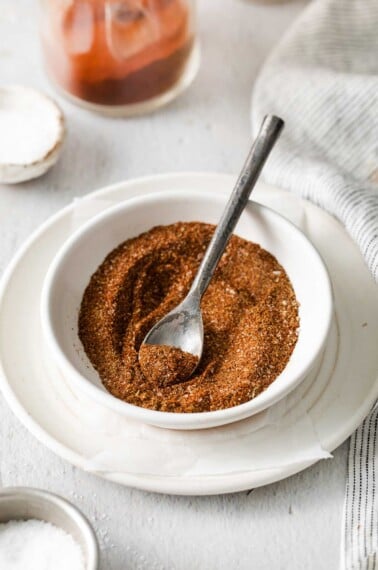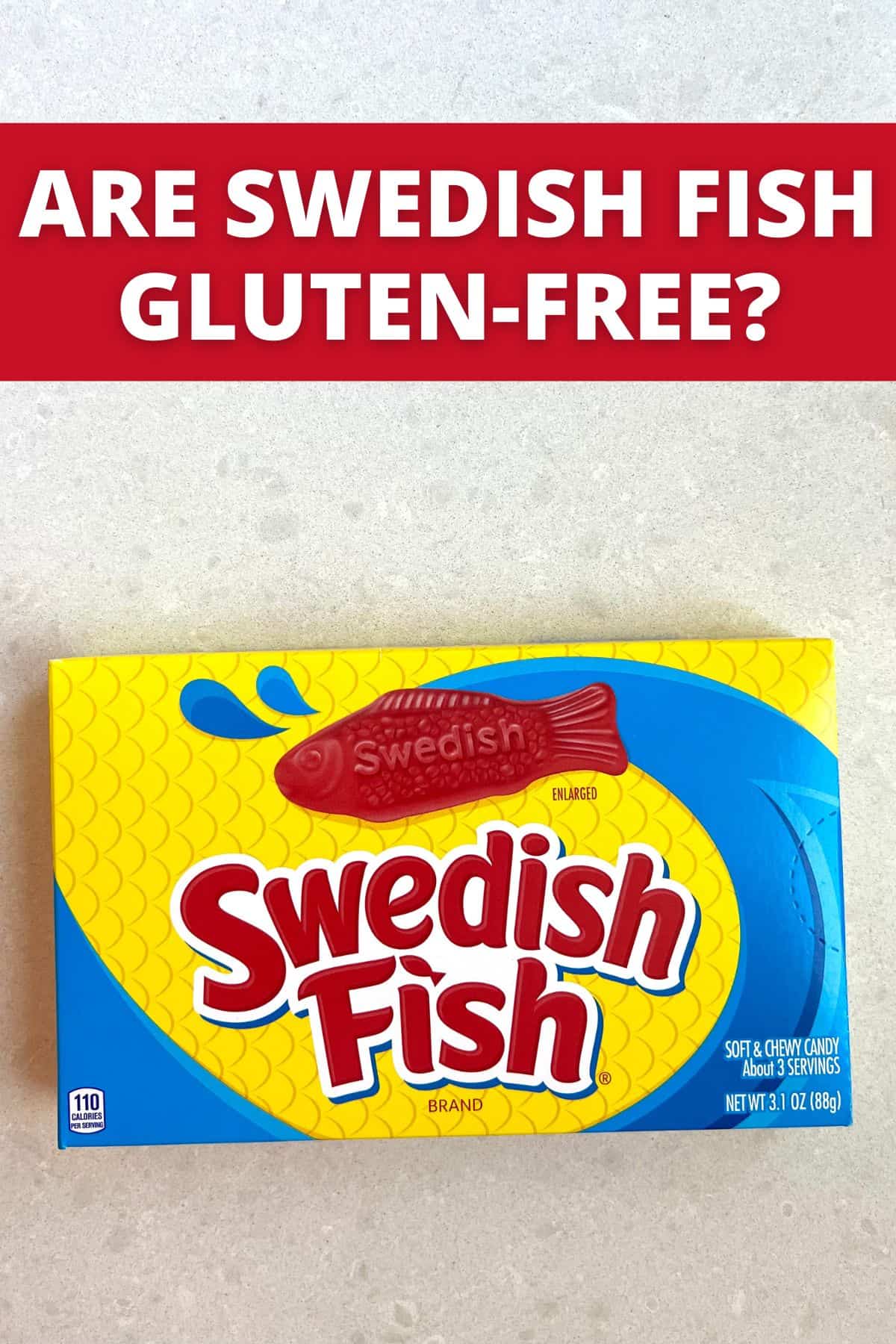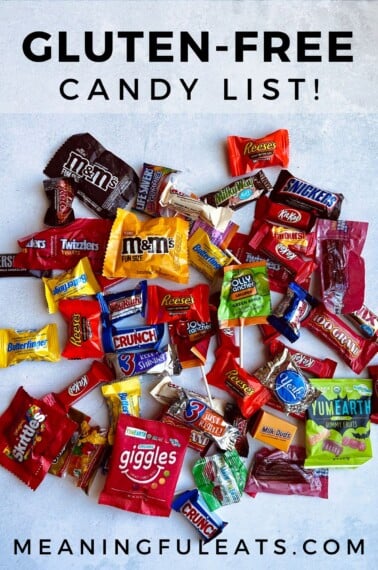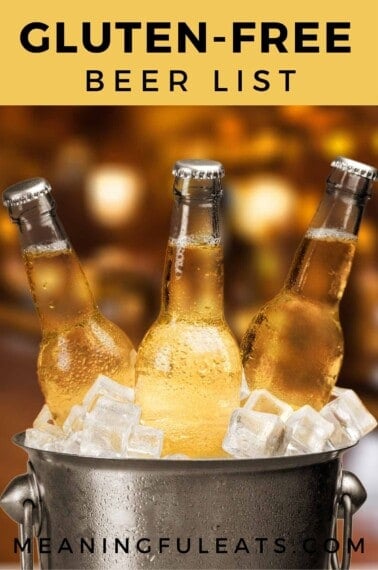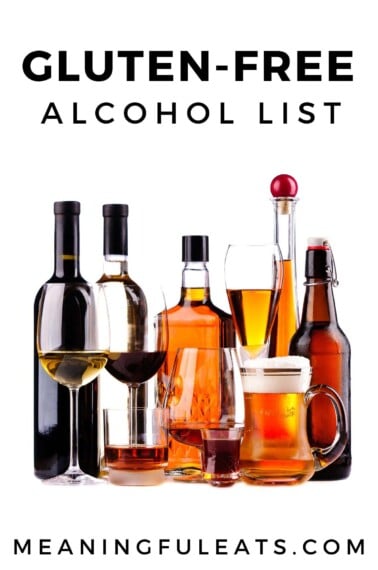Farro is a nutritious ancient grain, but is it GLUTEN-FREE? Read on to find out if it’s a fit for your gluten-free lifestyle.
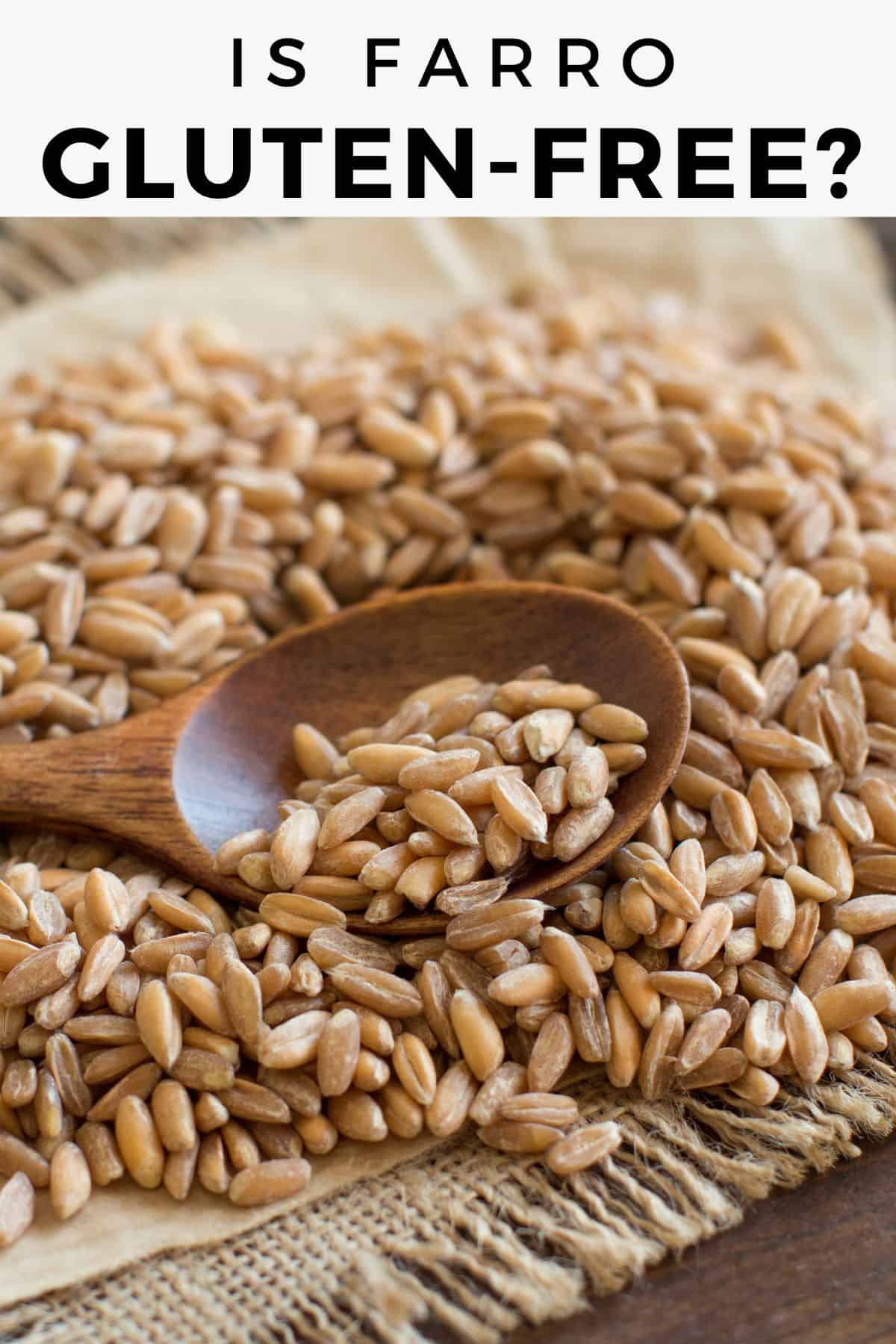
Farro is an ancient grain high in protein, fiber, nutrients, and vitamins. It is a type of unrefined wheat. Unlike modern wheat flour that has been processed, hybridized, and even bleached, farro has stayed more or less the same over the centuries. However, if you’re wondering if farro is gluten-free…
SHORT ANSWER: NO!
No, farro is not gluten-free. Farro is a form of wheat, and it does contain gluten. Farro should be avoided if you have celiac disease, gluten intolerance, non-celiac gluten sensitivity, or a wheat allergy.
But not to worry, there are plenty of alternative grains that are delicious and gluten-free!
Is Farro Gluten Free?
Farro is a variety of wheat. While it is much healthier than your typical refined wheat flour, farro is a natural source of gluten. If you’re keeping a gluten-free diet because of celiac disease or gluten intolerance, you’ll want to avoid eating farro.
Gluten is a protein naturally occurring in wheat (yes, even ancient wheat). Most people can eat gluten without a problem, but for those with celiac disease, even a small amount of gluten will trigger an immune response that is harmful to the body. Short-term effects may include nausea, stomach cramps, vomiting, and bloating. In the long term, the small intestine will sustain damage that increases with severity the more gluten is consumed.
The good news is that you can have a well-rounded, delicious, nutritious, and filling diet even without gluten grains. Read on for suggestions of gluten-free alternatives to farro that may be a better fit for your health needs.
You also might like these articles on is couscous gluten-free, is quinoa gluten-free, is buckwheat gluten-free, is brown rice gluten-free, is oat milk gluten-free.
You also might like is popcorn gluten-free, are oats gluten-free and are grits gluten-free.
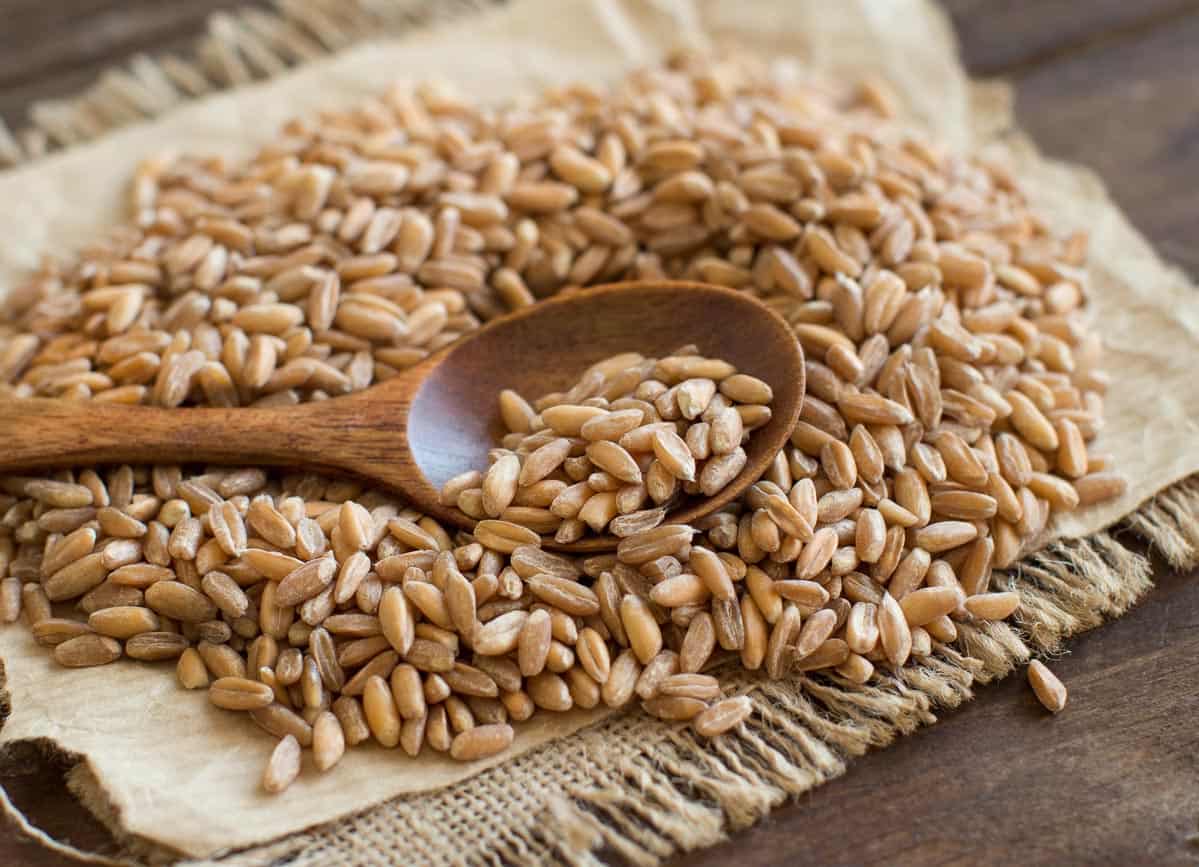
What Is Farro?
The term “farro” refers to the grains of three different species of wheat: spelt, einkorn, and emmer wheat. Farro comes from the Middle East, and it has been used for food in that part of the world for about 17,000 years! Truly one of the ancient grains.
Farro is not processed and refined like most of the modern-day wheat we encounter in stores and restaurants in the United States. Because of this, nutrients are preserved, and farro wheat has higher nutritional value; farro is rich in protein, dietary fiber, B vitamins, magnesium, iron, and zinc.
Farro is available for purchase as whole farro, semi-pearled farro, and pearled farro. Whole farro (sold at health food stores) is the most nutritious and least processed, but it takes the longest to cook. Pearled farro is somewhat less healthy, because the bran and husk have been removed. However, this type of farro is still a good option, it’s faster to cook, and it’s more widely available at grocery stores. Semi-pearled farro (containing part of the bran but no husk) falls right in the middle on the scale of nutrition and amount of time to prepare.
Much like rice and quinoa, farro is sold dried and is most often prepared by first rinsing, then soaking or boiling in water. The farro will absorb water, become soft, and take on a chewy texture after cooking.
Farro can also be ground into flour and used for baking. Farro flour is available online and in some health food stores.
What Is a Good Gluten-Free Substitute for Farro?
There are many grains that are safe to eat on a gluten-free diet. According to the FDA, a food must contain less than 20 parts per million (ppm) of gluten to qualify as gluten-free. Always check labels to make sure (and to verify that cross-contamination has not been an issue during manufacturing), but the following grains should be perfectly gluten-free:
- White rice
- Brown rice
- Corn
- *Oats (Due to high risk of cross-contamination with gluten-containing grains, you’ll want to be cautious about purchasing oats that are certified gluten-free. Read this post for more information.)
- Quinoa (nutty flavor similar to farro)
- Buckwheat
- Millet
- Amaranth
These grains can be served underneath protein or veggie entrees, as side dishes, or in salads. Many can even be ground into flour and used in baking. The possibilities are endless!
You also might like these articles on gluten-free alcohol and gluten-free beer
FAQs
Like other types of wheat, farro does contain gluten. If you have celiac disease, or if you’re on a gluten-free diet for any other reason, you’ll want to steer clear of farro. For celiacs, the health benefits of farro do not outweigh the harmful impact of ingesting gluten.
As a healthy alternative to farro, opt for brown rice or quinoa when you’re looking to round out your meal with a whole grain!
No, farro should not be consumed by anyone with gluten intolerance, wheat allergy, or celiac disease. Farro is a type of wheat, and it does contain gluten.
For gluten-free grains, try white or brown rice, quinoa, corn, millet, buckwheat, amaranth, or oats if they are certified gluten-free (meets the FDA standard of less than 20 parts per million of gluten).
No, farro pasta is made with farro flour, which contains gluten because farro is a type of wheat. Farro may contain less gluten than modern wheat, but all farro wheat products do contain gluten.
For gluten-free pasta, look for noodles made from rice, corn, chickpeas, lentils, or a mix of gluten-free ingredients. Make sure to check packaging for a gluten-free label to verify that your pasta is safe for you to eat.
In some ways, farro would be considered healthier than quinoa. Both farro and quinoa contain protein, vitamins, and fiber, but farro is higher in nutrients and minerals.
However, quinoa is gluten-free while farro is not. If you follow a gluten-free diet because of wheat allergy, celiac disease, or any other reason, you’ll want to avoid farro. Quinoa has many health benefits as well, as it contains protein, fiber, and all nine essential amino acids.
The Bottom Line
Farro- a grain popular in Italian cuisine- actually refers to three different species of hulled wheat. Wheat does contain gluten, so while farro is highly nutritious, it is not a healthy option for a strict gluten-free diet. This applies to all types of farro and products that include farro in their list of ingredients.
If you are eating gluten-free, skip the farro and opt for white or brown rice, oats (if they’re certified gluten-free), corn, quinoa, buckwheat, millet, or amaranth. These choices are filling and healthy (particularly if they’re unrefined), and free from gluten.
